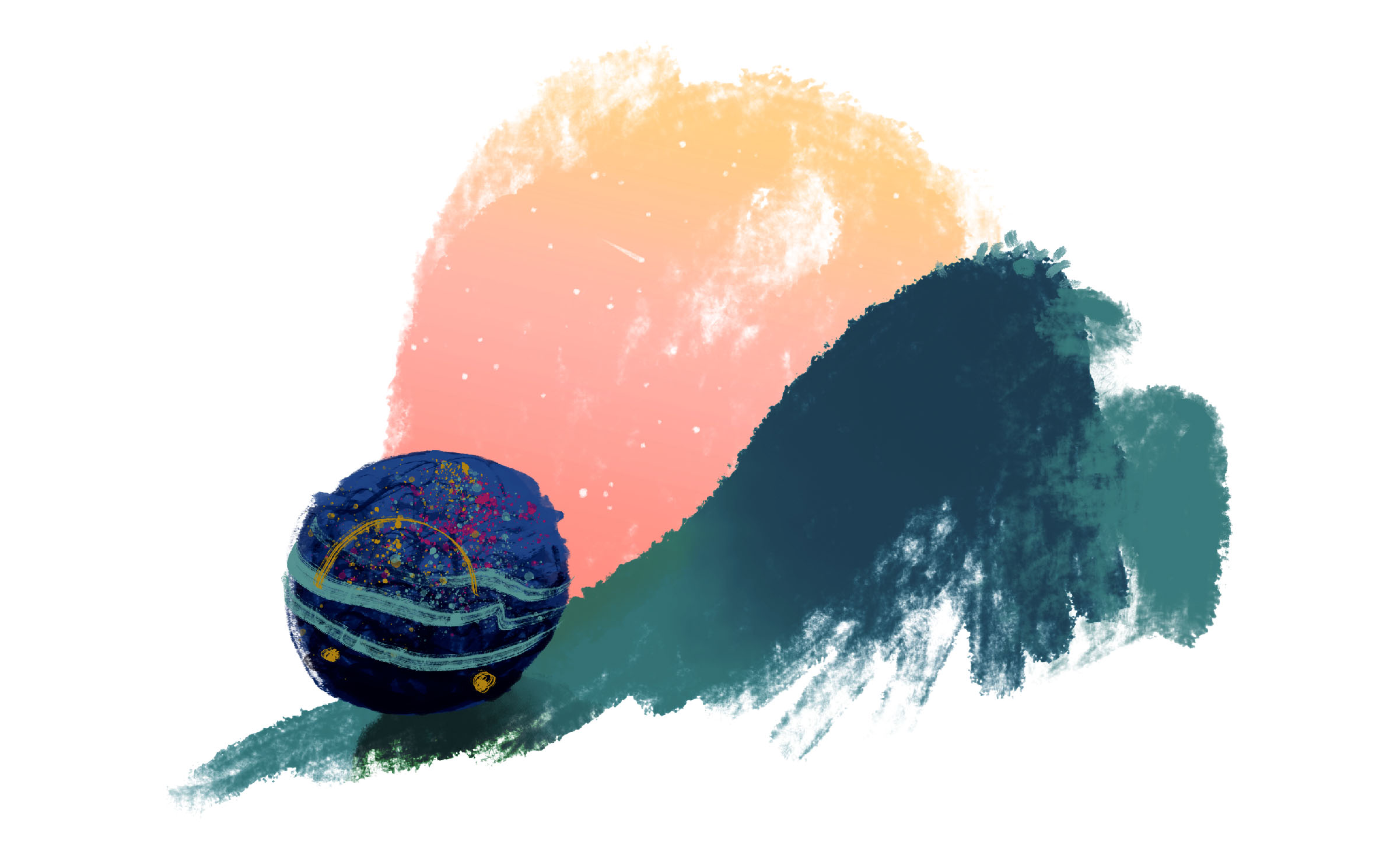Interview: Making Content Part of Your Design Process for Intuitive, Usable Digital Experiences
6 min read
This week, truematter’s director of content strategy Bailey Lewis and senior interactive designer Daniel Machado talk about, well, talking. More specifically, the need for designers and content specialists to communicate and work alongside each other while defining and creating digital products.
Many organizations give hardly a thought to content until the end of a project. This results in clunky and unusable interfaces, no matter how wonderful the idea or design.
When Should You Start Thinking About Content?
Isabelle Carroll: What is the ideal process for content and design when creating a digital product?
Bailey Lewis: Content and design professionals must work together to define the experience from the very beginning.
Isabelle: How early does content come into the process?
Bailey: We involve content from day one. Content is there at Discovery, during user research because UX/UI writing depends heavily on what users call things and how they behave. Some organizations start with visuals (what we call a design shell) and only later fill it with content. When you create products that way, they can’t possibly serve users well. Content can only be truly effective and usable if it’s included from the beginning of the product’s creation.
Daniel Machado: I will say I feel informed via a strong content direction and most designers don’t usually get that. Let’s say we have a three-legged stool: information architecture, design, and content. A full process involves having dedicated people for each leg of the stool from the very beginning.
Bailey: When everybody is involved early, we understand more fully each others’ fields and how we can help each other. When everybody has time to voice their concerns upfront, you don’t have to deal with unaddressed problems when the project is close to launch.
Isabelle: How early on and how often do design and content communicate during a project?
Daniel: Talking begins once the content specialist has developed a “thesis” for a site or app. Designers get a lot of guff for being superficial and surface-level but they must learn from content what the site needs to be and say. For me, design is content.
Bailey: We involve design heavily once content and information architecture have been defined well enough in the form of solid wireframes. We discuss wireframes in depth (content hierarchy, layout, key interactions, etc.) and then design work begins in earnest. From this point on, design and content (and other disciplines) go back and forth to finalize what the visuals and words are doing together.
Daniel: Once wireframes are created, design really starts. One of the things I like about our process is everyone has access to each other so there’s a presence of design almost from the very beginning of the project.
Benefits of Design/Content Collaboration
Isabelle: How did you come to define your process?
Bailey: We used to author digital content solely in Word documents, which meant real words weren’t part of the equation often as late as development. This wasted time because we wouldn’t see the content in action until it was in code. Unsurprisingly, it often didn’t work and we had to re-strategize content while trying to finish our build. This process also removed content from the layout and design planning process, so that content could never truly be an integral part of the interactions on most screens. Now we put real content, real words into wireframes and prototypes so we can see early on where we have issues between content and design or architecture. This is also worlds better for our clients.
Daniel: Our process is made possible by having a strong content person in the shop working with us from the beginning.
Isabelle: What happens when content professionals are not involved early?
Bailey: If you bring your content person in at the end, they haven’t been privy to any of the data gathering you’ve done with users and they haven’t been involved in conversations about project goals and strategy. So they end up writing paragraphs of useless content that fit into a nice design and architecture shell, taking wild guesses about the usefulness and usability of their work. Involving content professionals early ensures that what people read and how they interact with the screen is part of an overall strategy and will make sense to real users.
What to Do When Collaboration Breaks Down
Isabelle: How do you design something when content direction has not yet been established?
Daniel: At our shop, that doesn’t happen. Maybe I could work on some structural things with an information architect, but even then we’d want those structural decisions to be informed by content strategy. It’s a non-ideal way to work.
Isabelle: How do you write when you have no design input?
Bailey: When I get to a point where I need design help, I put it on hold and go to another screen or part of the project until I can get the designer’s input. If the person I need to talk to isn’t available, I never just plunge ahead.
Isabelle: What happens when you disagree on direction?
Daniel: A designer should recognize they are basically enacting content. If you trust each other, there’s a sense of checks and balances that will help you find the least biased solution. As long as you respect everyone on the team, that tension is actually part of the benefit. It leads to better ideas.
Bailey: Content and design have to help each other out. Sometimes a problem can be solved visually. Sometimes it can be solved by revisiting content strategy. Sometimes it takes several times back and forth before you find the right answer. But ultimately, it all comes back to the user. When we can’t agree, we lean on our user research to find the best path forward.
Collaborative Tools
Isabelle: What tools do you use?
Bailey: We start out in Axure for our wireframes. I flat out refuse to write content for a digital experience in Microsoft Word. That should never be happening. Word doesn’t give you the benefit of seeing the layout and what the words will actually look like on the screen. Writing web content in Word will only ensure you end up with subpar content strategy and waste time making words fit when you can finally see them on the screen.
Daniel: I love Adobe XD for designing and creating highly visual prototypes. Axure is really good at looking like a wireframe, which is important for beginning stages and presenting rough ideas to clients.
Bailey: We do often sketch together as a content/design/information architecture team before we move into wireframes. But the problem with sketching is, it doesn’t allow for real words. You run into the danger of lorem ipsum again. So we move to wireframes as soon as we need to know what the actual words and content strategy will be.
What to Avoid
Isabelle: What are some common misconceptions about the designer-writer relationship?
Bailey: That there isn’t one. That content comes last and design is its own thing. That they don’t have absolutely everything to do with each other is a huge misconception.
Daniel: That content is the stuff that fills a template shell, and design is decorative flourish that doesn’t have to consider content or structure.
Isabelle: What are some common pitfalls you see when content and design don’t work together?
Bailey: You typically end up with a lot of long, unnecessary paragraphs inside a nice shell. And that content is incredibly hard for real people to use, so it’s a killer for your site’s user experience and engagement levels.
Daniel: If the only screen that has visual customization is the home page, it’s pretty clear that vital design and content back and forth hasn’t happened.
How to Get Started With Your Team
Isabelle: How should content and design teams who don’t currently work together develop a process to do so?
Daniel: If you don’t have a content strategist or user experience writer on your team, get one. That’s your first problem.
Bailey: If you do have a dedicated web writer who understands writing usable content for interfaces, incorporate them into your user research at the very beginning of the process. Get them into a wireframing program and out of Word documents. Give them freedom to say “absolutely not” to lorem ipsum. It will change the way they interact and communicate with designers and the rest of the team, and it will improve the usability of every digital product you create.





